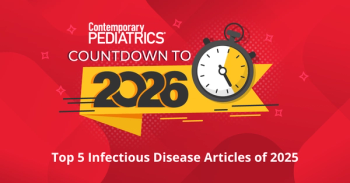
Childhood exercise prevents osteoporosis later
Weight-bearing exercise during childhood, combined with a high calcium intake, may prevent osteoporosis later in life.
Weight-bearing exercise during childhood, combined with a high calcium intake, may prevent osteoporosis later in life.
A new
The researchers, from Germany, calculated that the weighted overall effect size for change in BMC among children and adolescents in exercise programs, compared with those not enrolled, was small but significant. However, much of the change could be explained by calcium intake and prepubertal maturational stage.
They concluded that a significant difference is only achieved during the prepubertal years and that once children hit puberty, the opportunity is largely lost. As a result, they say that health care practitioners should encourage weight-bearing activity, in combination with a high calcium intake, to their prepubescent patients and their caretakers in order to increase peak bone mass and help oppose osteoporosis as these children become adults.
The investigators noted that they could not assess the effects of vitamin D because it was only recorded in 5 of the trials.
According to the
To get weekly clinical advice for today's pediatrician,
Newsletter
Access practical, evidence-based guidance to support better care for our youngest patients. Join our email list for the latest clinical updates.




